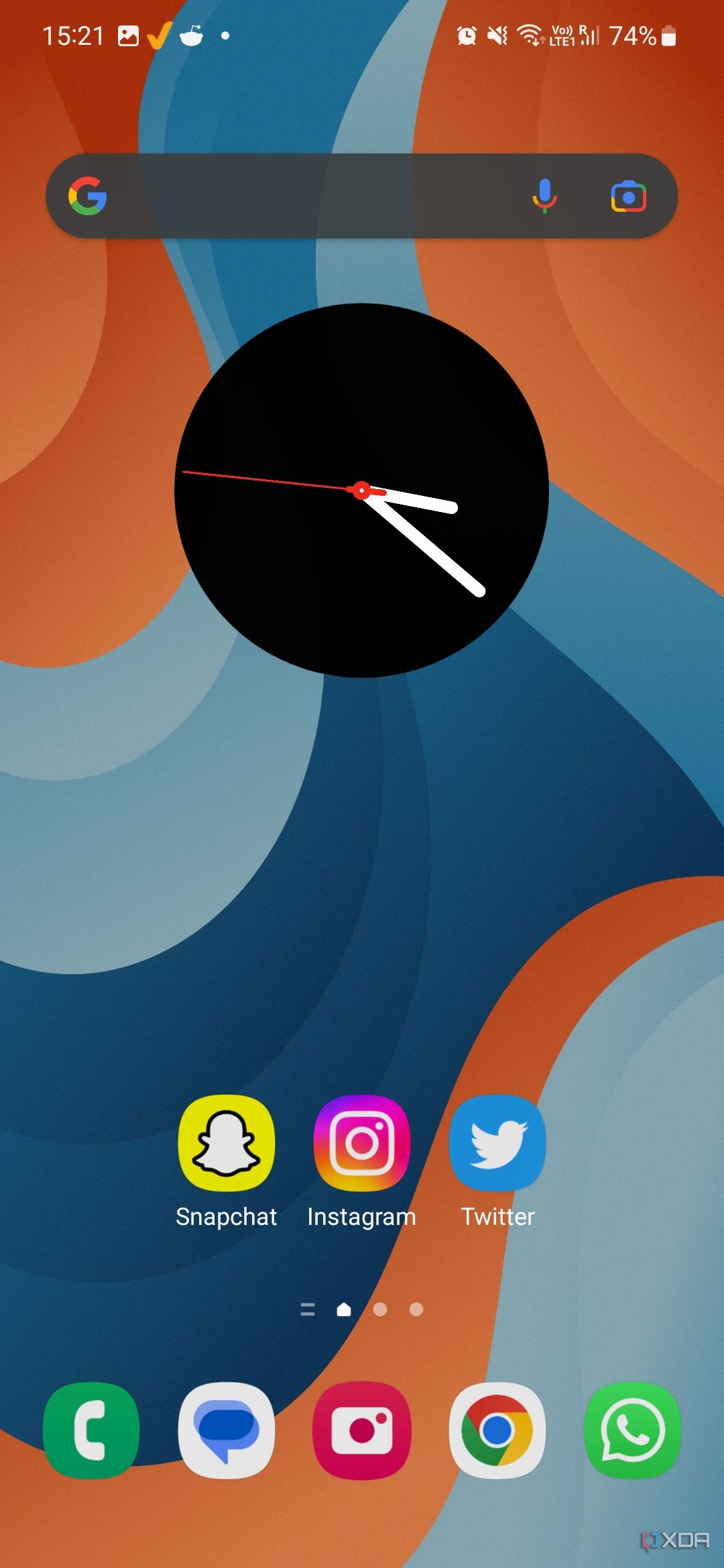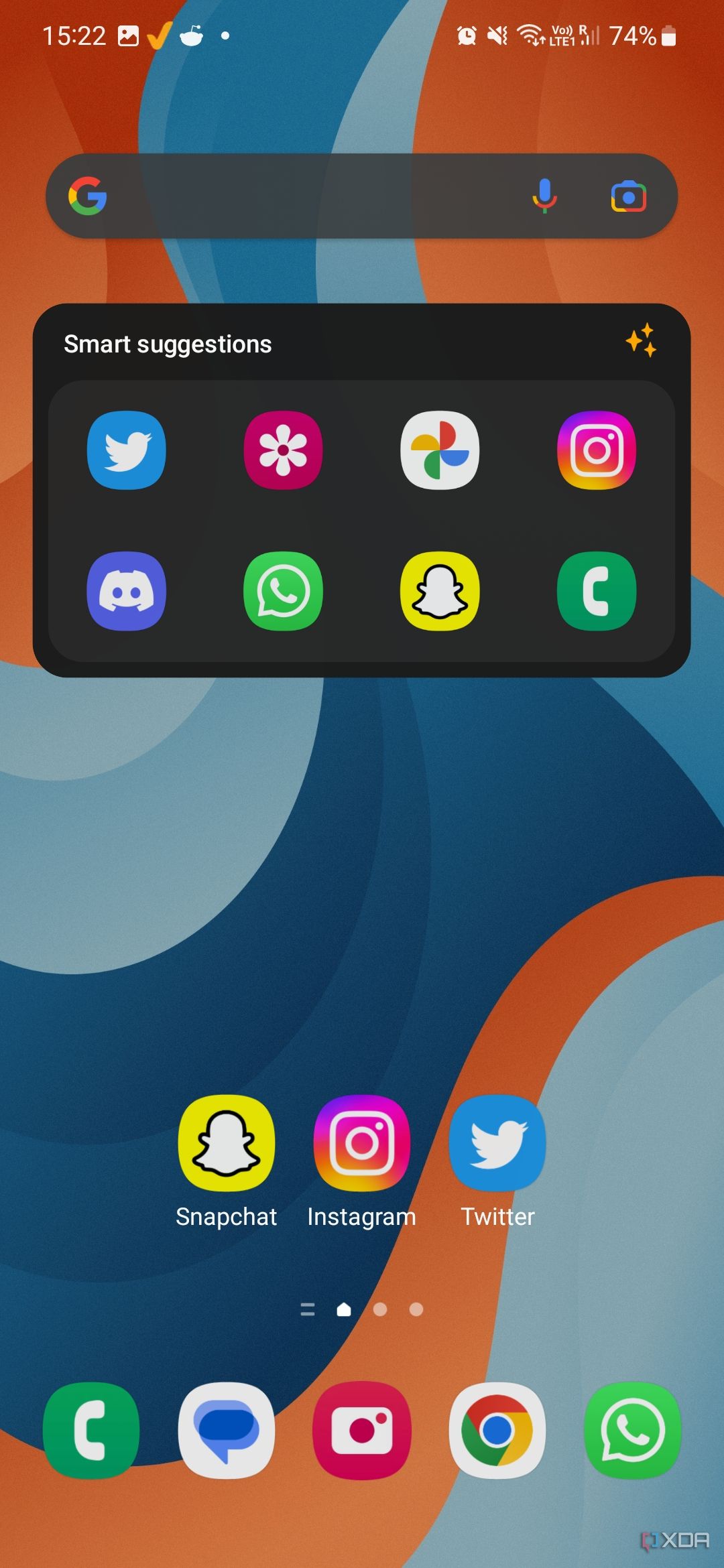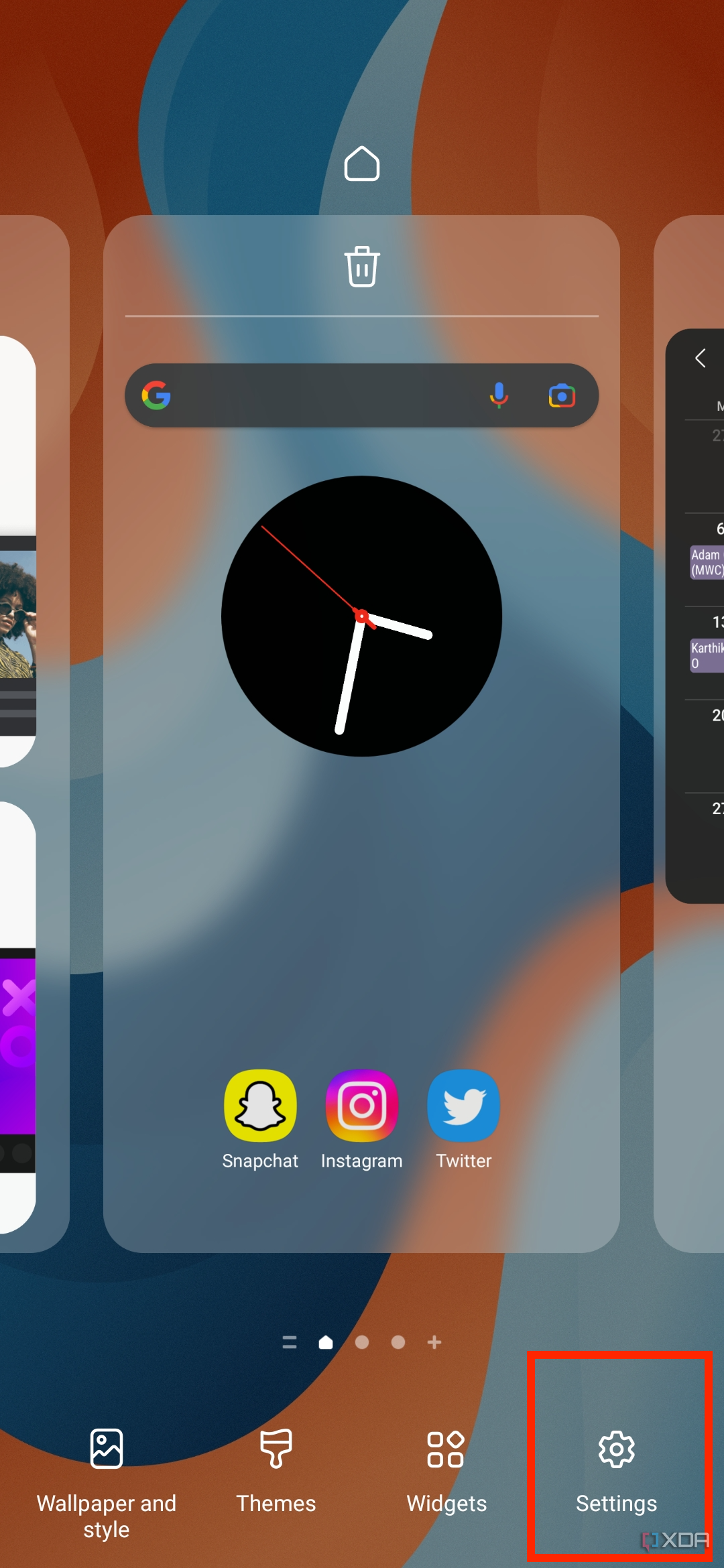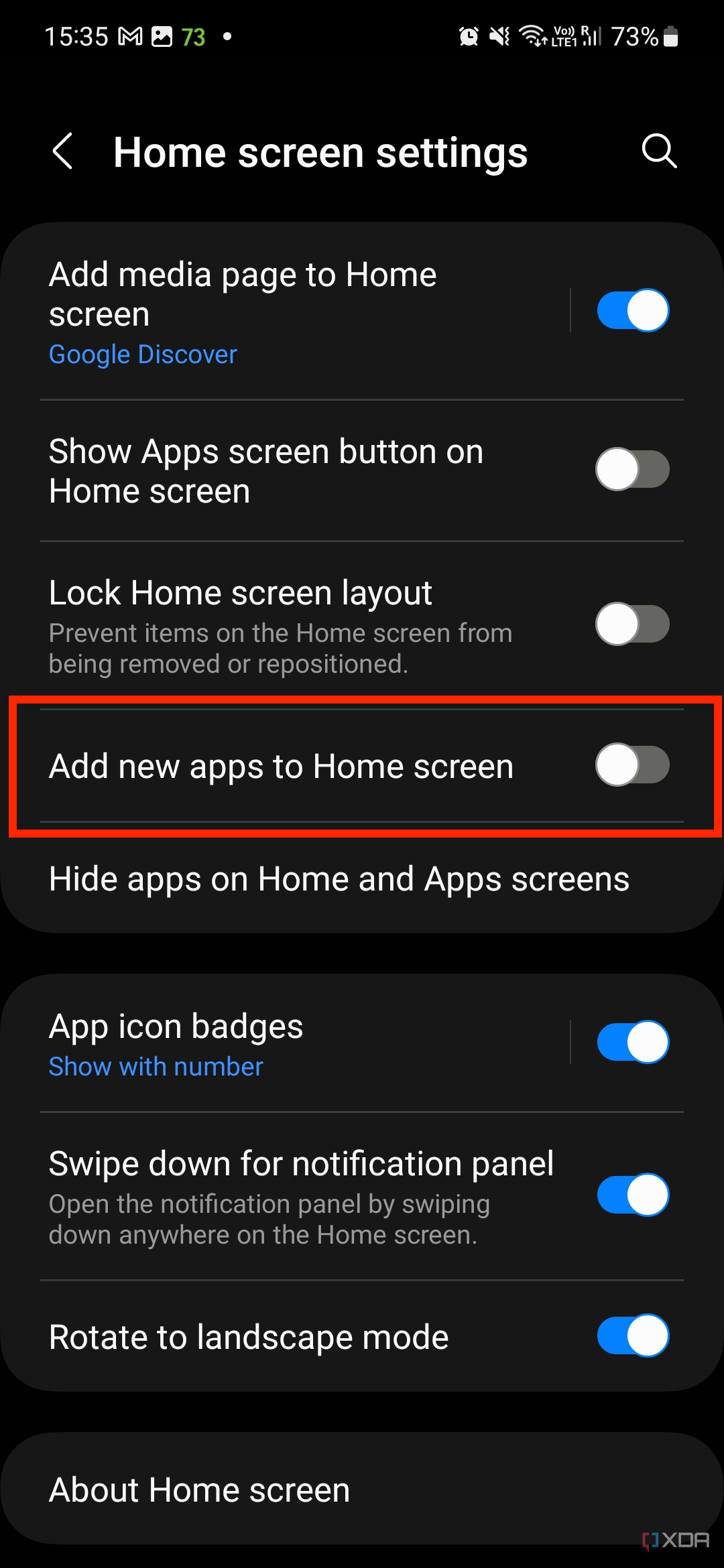Customizing your Android phone’s home screen is one of the best and easiest ways to make it stand out from the rest. With so many Galaxy S23 units out in the wild, you can make them look unique by customizing and decorating them to your liking with any number of premium Galaxy S23 cases. But Samsung’s One UI also packs a lot of useful features and customization options that you won’t find on other Android devices. So if you just bought a new Samsung phone and are wondering how to get started, here are a few ways you can customize and take your home screen experience to the next level. I swear by a lot of these customization options and made sure to set them up during my Galaxy S23 review. So, I hope they will also help you to improve your home screen experience. Let’s dive in!
Disable the navigation buttons
Almost all the Android phones in the market come with a huge screen on the front with minimal bezels. These days it’s all about maximizing screen real estate to work with, so why not remove the navigation buttons to make more space for other items? One of the first things you can do after setting up your phone for the first time is to remove the navigation buttons in favor of gestures. You can do this easily by heading to Settings > Display > Navigation bar and define swipe gestures. You can also choose to go the extra mile and disable the Gesture hint To also hide the navigation handle at the bottom of the screen. Here are a few screenshots to show you what your home screen would look like with and without the navigation buttons and gesture tip at the bottom.
Gesture navigation on Samsung phones does not work well with some third-party launchers, so you may have to stick to the stock One UI launcher for this to work properly.
I love the ability to stack widgets on One UI 5.0, and I personally use it on my Galaxy S23 unit. Stacked widgets make it easy to add more visual information to your home screen without taking up too much space or making it look cluttered. Stacked widgets, as the name suggests, allow you to add home screen widgets on top of each other. You can create a stack of up to seven widgets which is more than you will ever need on your home screen. I’ve built a stack with just two of my most used widgets — the watch and Samsung’s new Smart Suggestions widget that shows relevant apps and actions based on my usage patterns.


Here’s how to create a stack widget on your Samsung phone’s home screen:
- The first thing you need to do is add a widget to the home screen. You can do this by long pressing a space on the home screen and choosing File widgets option.
- From there, just select the tool you want to add and click on it to see a file detection Add button.
- Select a file Add button, and that specific widget will be added to the home screen.
- Now, long press on the widget you just added to see a popup with it Create a stack option.
- Select the Create a stack Option to open the tools menu again from which you can select the one you want to add.
- Select the tool you want to stack, and choose File Add button to add it.
Once you add a stack widget with two or more widgets, you can simply swipe on it to cycle between them. You can create a stack of up to seven widgets, which means you can even have all your favorite widgets on one home screen.
Prevent new apps from being added to the home screen
If you are like me, who frequently downloads a lot of new apps from the Play Store, then you will appreciate this tip. Once you set up the phone and start downloading apps to your new Samsung phone, you may notice that all new apps are automatically added to the home screen. These add up pretty quickly to clutter up your home screen, so I’d recommend turning this off, especially if you have the app drawer enabled on your device. Here’s how to prevent new apps from being added to the home screen:
- Long press on a space on the home screen or pinch to zoom out and reveal the home screen options at the bottom.
- Select a file settings option from the bottom menu, and scroll down until you find the toggle that disables Add new apps.


Get a new wallpaper and match your home screen app icons
Samsung has a great collection of wallpapers on all their devices but I always recommend getting some different looking wallpapers to make your phone stand out. The Wallpapers app has been my go-to app for downloading wallpapers, but you can get them from anywhere you want, including photos you’ve taken. Make sure you get a high resolution wallpaper that looks good. Once you have your new wallpaper, it’s time to use Android 13’s Material You and its dynamic theme engine to match your wallpaper’s color scheme to your app icons and other UI elements. Here’s how you can do that:
- Long press on a space on your home screen or pinch to zoom out to reveal the home screen customization menu at the bottom.
- He chooses wallpaper and styleand choose File color palette Option to reveal different panels with colors of your chosen wallpaper.
- Choose the one you like the most and choose Progressing to be used. Make sure to enable the toggle for painting app on app icons as well.
These are some of the home screen customization options that I play with on all Samsung phones to make them stand out. There are plenty of other things you can do to your home screen to make it truly unique. You can also install Good Lock on your Samsung phone to unlock a whole new level of customization options. I’m using it on my Galaxy S23 to tweak my home screen experience and make it easier to use. For example, you can Good Lock to make folders on your home screen pop up as a small window instead of taking up the entire screen. I also recommend checking out my home screen customization guide to find more ways to tweak your Android home screen experience.
[ad_2]




